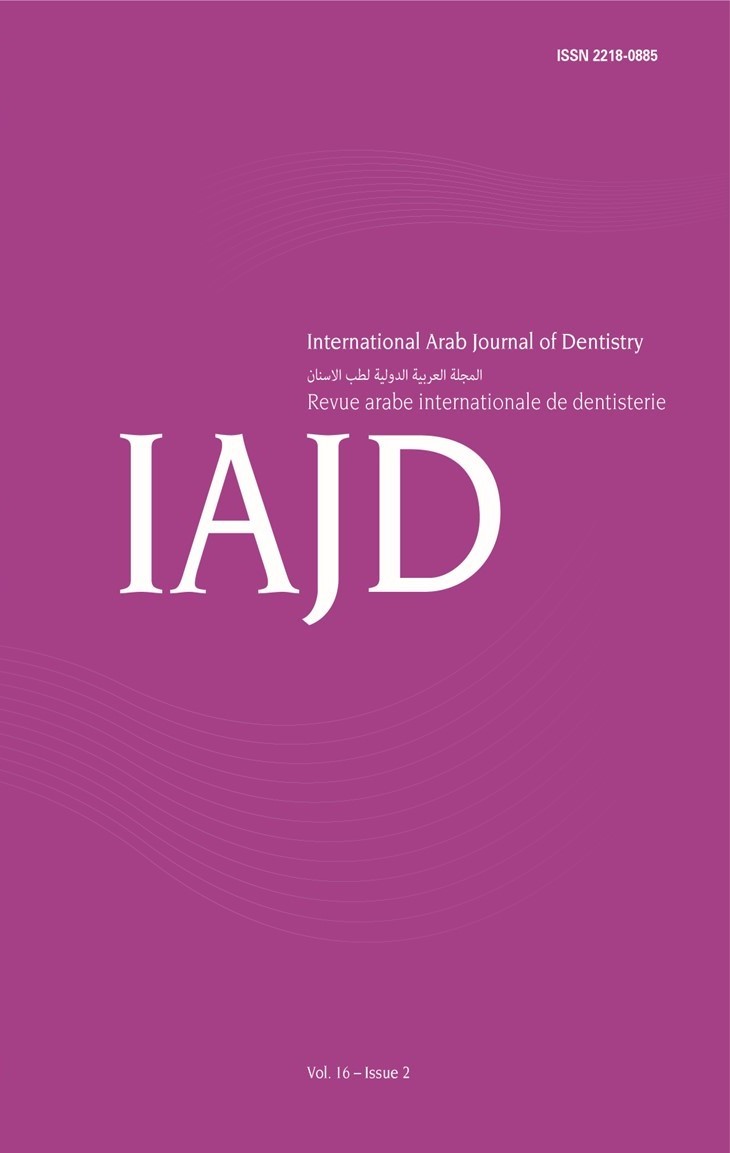Abstract
Objectives : This study was conducted to analyze the mechanisms of allergic reaction development in dentistry and evaluate the effectiveness of treatment methods.
Methods : A review of current scientific sources in allergology, immunology, dentistry, pharmacology, and materials science was carried out. The mechanisms underlying various types of allergic responses were identified, treatment effectiveness was assessed, and clinical recommendations for allergy management in dental practice were developed.
Results : The findings show that allergic reactions develop through two primary mechanisms.
-
Immediate-type (IgE-mediated) reactions occur when allergens bind to specific IgE antibodies on mast cells, triggering the release of histamine, serotonin, and other inflammatory mediators. In dentistry, such reactions may result from exposure to local anesthetics, antibiotics, latex, nickel, amalgam, or acrylic resins. Symptoms range from mild local irritation to severe, life-threatening responses.
-
Delayed-type reactions are mediated by T-lymphocytes. Upon contact with an allergen, these immune cells activate macrophages and neutrophils, which secrete cytokines such as interferon-gamma and TNF-alpha. In dentistry, these are commonly caused by metals (nickel, cobalt, chromium), cements, gutta-percha, and composite materials.
Conclusions : A comprehensive understanding of allergic mechanisms allows clinicians to distinguish true allergies from pseudo-allergic reactions that mimic inflammation without immune mediation. Based on the review, four main therapeutic approaches are emphasized: pharmacotherapy, immunotherapy, probiotic therapy, and targeted dental management strategies.

